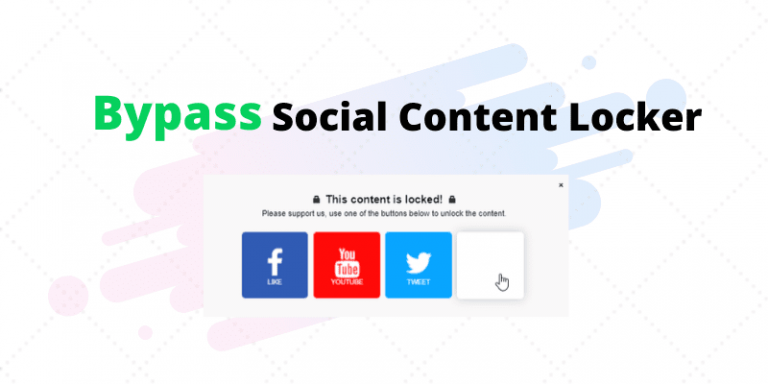Small businesses are the target for nearly half of all cyberattacks, a staggering 43%, yet a mere 14% are adequately prepared to defend their digital infrastructure against such threats. The implications of these statistics are clear and alarming. Data backup for your website isn’t just a routine task; it’s an essential one. Regardless, many business owners need to sweep this under the rug.
Here we’ll walk through distinct, tried-and-true methods for safeguarding your website’s data. Options range from self-managed backup strategies to enlisting the help of an affordable, user-friendly service to handle the backups on your behalf.
What is a Website Backup?
Backing up a website is the process of making an exact copy of all the essential elements: files, content, databases, and configurations. It acts as a safety net against data disasters and technical troubles. With everything duplicated and securely stored, the integrity of a website remains intact.
Different scenarios exist where backups become life-savers. Imagine data getting corrupted, or worse, sophisticated cyberattacks compromising your digital presence. A reliable backup can mean the difference between a full-scale online crisis and a minor setback. Owners of websites must consider these backups invaluable digital insurance.
These backups offer more than peace of mind; they provide a real solution for rapid recovery. With a complete, up-to-date backup, restoring a compromised website can happen quickly and efficiently. It protects not just the data, but also the owner’s investment and the trust of visitors. In essence, they’re not just replicating files—they’re safeguarding an online legacy.
How to Create a Safety Net for Website Data?
In fact, there are many website data security tips that can prevent data leakage. However, creating backups is the basis and our last line of defense. Another line of defense is the security of the personal devices of all site administrators. To do this, you can download a VPN for your PC. Any user can enhance your Windows security with VPN in just a few seconds. Good VPN apps can prevent many types of cyber attacks, especially those involving data leaks or data spoofing. For example, VeePN has technologies to protect against viruses, phishing, IP and DNS address disclosure, and data interception
#1 Manual Backup
cPanel transforms technical website management into a streamlined, web-based endeavor. This interface, known colloquially as a control panel, simplifies the interaction with site files. It offers an array of options and settings that can be adjusted with ease.
This platform acts as the command center for hosting accounts, providing comprehensive oversight. Today’s discussion highlights cPanel’s pivotal role, encompassing domain configuration, file edition, and database oversight.
Protecting your digital footprint is crucial when it comes to website backups. Every single file, from scripts to images, contributes to the fabric of your online presence and stands vulnerable to loss without proper safeguards.
Follow these steps to manually back up your files using the cPanel interface:
- Log into cPanel with the credentials provided by your hosting service.
- In cPanel’s dashboard, find and open “File Manager.”
- In File Manager, navigate to the public_html folder. Here you’ll find the lifelines of your website—directories, scripts, images. These are all publicly accessible elements.
- You now have two options: Use File Manager’s functionality to either clone these vital files or directly download them to your local hardware.
Alternatively, with the help of an FTP client such as FileZilla, WordPress site backup can be executed smoothly. After your initial sign-up, your web host will have handed you FTP credentials. These allow you to establish a connection with your server, offering the ability to pull WordPress files down to your local machine.
#2 Use DropMySite
DropMySite provides a sophisticated cloud backup solution, focusing primarily on automated backup services and consistent uptime monitoring. This service seamlessly caters to both shared and WordPress-managed web hosting environments. At its core, it’s a Backup-as-a-Service (BaaS) platform, boasting seamless integrations with a suite of popular applications and databases, including MySQL, PostgreSQL, and MongoDB, in addition to WordPress and Drupal websites.
In its arsenal, DropMySite offers comprehensive backup options that cover websites, emails, and mobile data. Being an open-source powerhouse, it has garnered a commendable following, evidenced by the notable number of stars and forks on its GitHub repository.
Just always think about the risks and be skeptical about any offers. You remember that you should initially download an iOS VPN before you start surfing. Especially if you connect to public Wi-Fi networks. This will allow you to avoid data disclosure and account hacking.
A caveat to note: DropMySite aligns specifically with shared and WordPress-managed web hosting, limiting its scope of compatibility. However, within this niche, it emerges as a highly competent tool, providing users of this particular hosting service with a robust and reliable means of safeguarding their digital assets through meticulous backups and proactive website monitoring.
#3 With Ottomatik
Ottomatik presents a versatile cloud solution tailored for business continuity, no matter the company size. Automated backups? Check! Ottomatik’s got your databases, files, and virtual machine safety nets ready. And what’s more, convenience is king – schedule your data backups to fit your clock.
Diving into the toolbox, you’ll find savvy features: think incremental backups trimming down the storage fat, file versioning offering snapshots through time, and compression that accelerates the backup process.
Encryption? State-of-the-art. With Ottomatik, your data dons an unbreakable cloak of AES-256 encryption while in transport and at rest. Disaster strikes? Ottomatik’s robust recovery capabilities have your back, ensuring swift system resurrection post-calamity.
In need of a reliable safety strategy for your data? Ottomatik stands guard, merging security with efficiency for a seamless backup experience.
Conclusion
When we talk about how to safeguard website content, we should always mention data backup. Yes, this should not be the only protection tool, but it certainly is one of them. If your firewall, plugins, or other barriers are breached, at least you can protect your data from being completely deleted.







